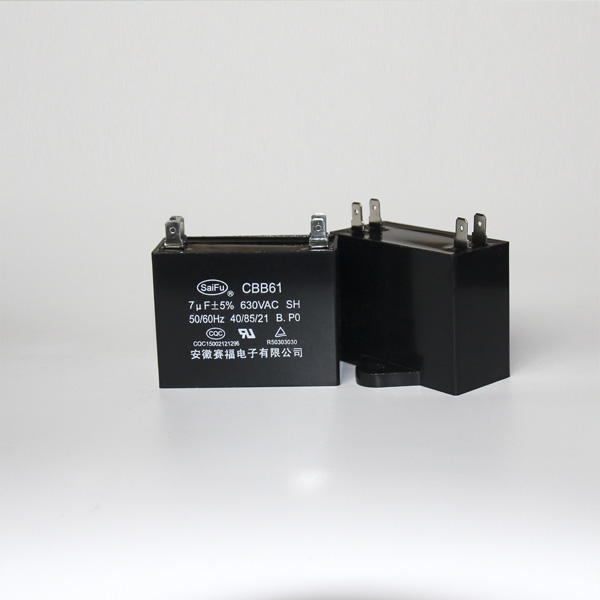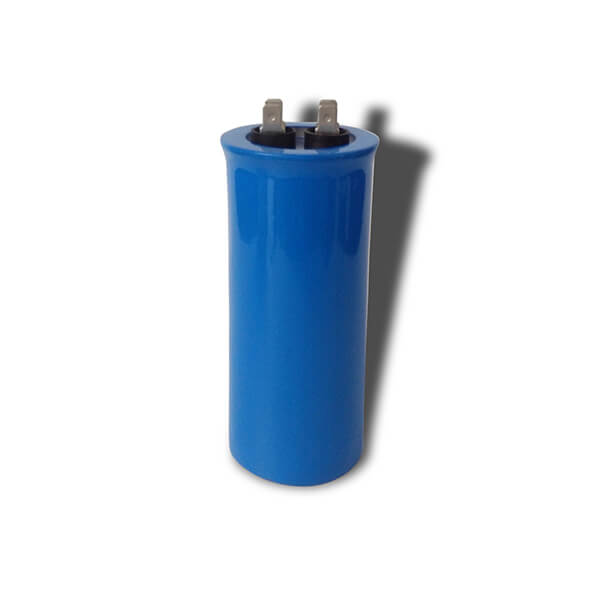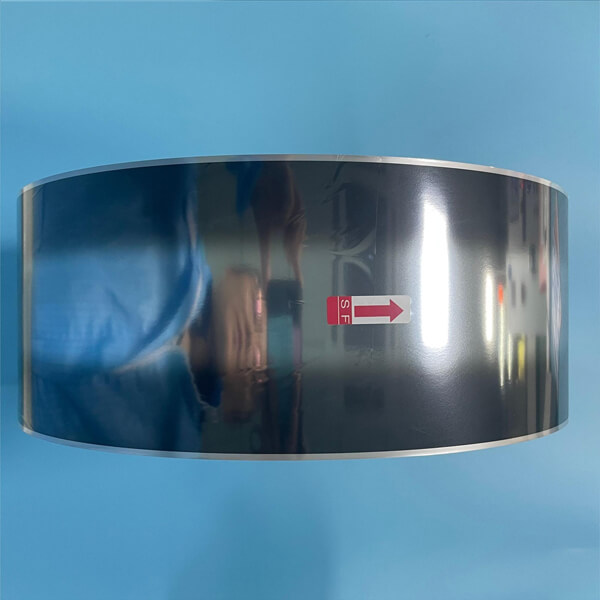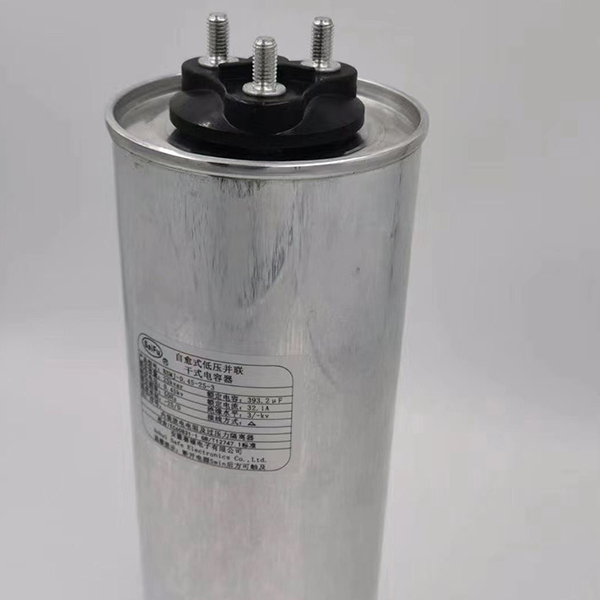Switching a ceiling fan capacitor from a 5-wire to a 4-wire configuration is generally not recommended and may lead to performance issues or safety risks. Here’s a structured analysis combining technical insights and solutions from Saifu Electronics, a leading capacitor manufacturer specializing in HVAC and fan components.

1. Understanding the Functional Difference
5-Wire Capacitors:
Typically control 4 speed settings (low, medium, high, and sometimes a “turbo” mode) plus a reverse-direction function for seasonal airflow adjustment. The extra wire enables complex speed-torque management.
4-Wire Capacitors:
Support only 3 speed settings (low, medium, high) without reverse functionality.
Key Issue: Forcing a 5-wire system into a 4-wire capacitor disrupts the fan’s control logic. You may lose:
Reverse rotation capability,
One-speed setting,
Motor synchronization, causing humming or overheating.
2. Why Direct Replacement Fails
Electrical Mismatch:
5-wire capacitors often integrate dual capacitance values (e.g., 4μF + 5μF) to manage multiple windings, while 4-wire versions usually have a single value.
Speed Control Loss:
Eliminating one wire disables a tap on the motor’s winding, reducing granular speed control.
Safety Risks:
Incorrect wiring may cause capacitor overload, arcing, or motor burnout.
3. Saifu Electronics’ Custom Solutions
If downsizing to 4 wires is unavoidable (e.g., original capacitor discontinued), Saifu offers tailored CBB61 capacitors—the industry standard for ceiling fans—with these advantages:
a. Technical Adaptation
Custom Capacitance Matching: Saifu engineers replicate exact μF values of your 5-wire capacitor in a 4-wire design, preserving torque consistency.
Multi-Tap Compatibility: Proprietary segmented metallized film allows stable performance across reduced wire configurations.
b. Safety & Durability Enhancements
Self-Healing Film: Automatically repairs minor dielectric damage, preventing failures due to voltage spikes.
Anti-Explosion Design: Pressure-sensitive disconnectors deactivate the capacitor during overloads (certified to IEC/UL standards).
Temperature Resilience: Operates reliably in -40°C to +110°C ranges, ideal for enclosed fan housings.
c. Simplified Integration
Pre-wired 4-pin models with color-coded cables for drop-in installation.
Epoxy-coated casing resists humidity-induced corrosion.
4. Recommended Workarounds
If retaining all original functions is essential:
Source an Identical 5-Wire Replacement: Saifu provides CBB61 capacitors in 5-wire configurations matching OEM specs. Submit legacy part numbers for rapid cross-referencing.
Consider a Universal Controller: Pair Saifu’s 4-wire capacitor with a smart fan controller (e.g., RF remote kits) to emulate advanced functions via external circuitry.
5. Critical Safety Note
Always disconnect power before capacitor replacement.
Wiring errors can cause electric shock or fire. Consult Saifu’s technical team for diagrams validated to IEC 60252 standards.
Conclusion
While swapping a 5-wire ceiling fan capacitor to 4 wires is technically feasible with expert customization, it compromises functionality and safety. Saifu Electronics resolves this via:
Precision-engineered CBB61 capacitors replicating legacy performance,
Certified safety features (self-healing films, anti-explosion mechanisms),
Compliance-backed solutions (IEC/UL/RoHS).
For optimal results, retain the original wire configuration or leverage Saifu’s tailored replacements. Never force incompatible components—contact Saifu’s support team for model-specific guidance.
Explore Saifu's CBB61 Series: Custom capacitors engineered for seamless fan upgrades.
 English
English  한국어
한국어  français
français  Español
Español  русский
русский  Türkçe
Türkçe  Pilipino
Pilipino  Polska
Polska  Malay
Malay  Indonesia
Indonesia 



